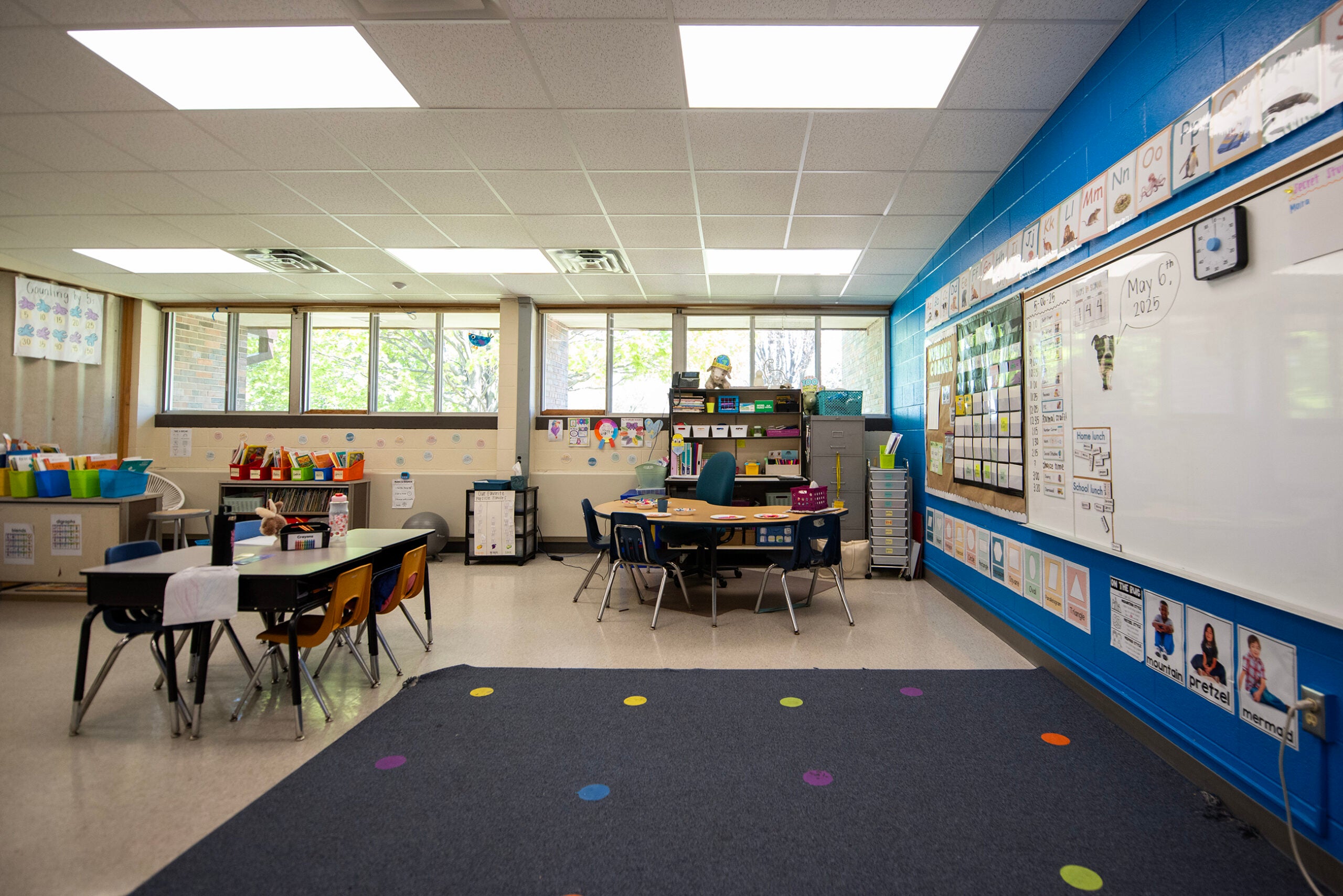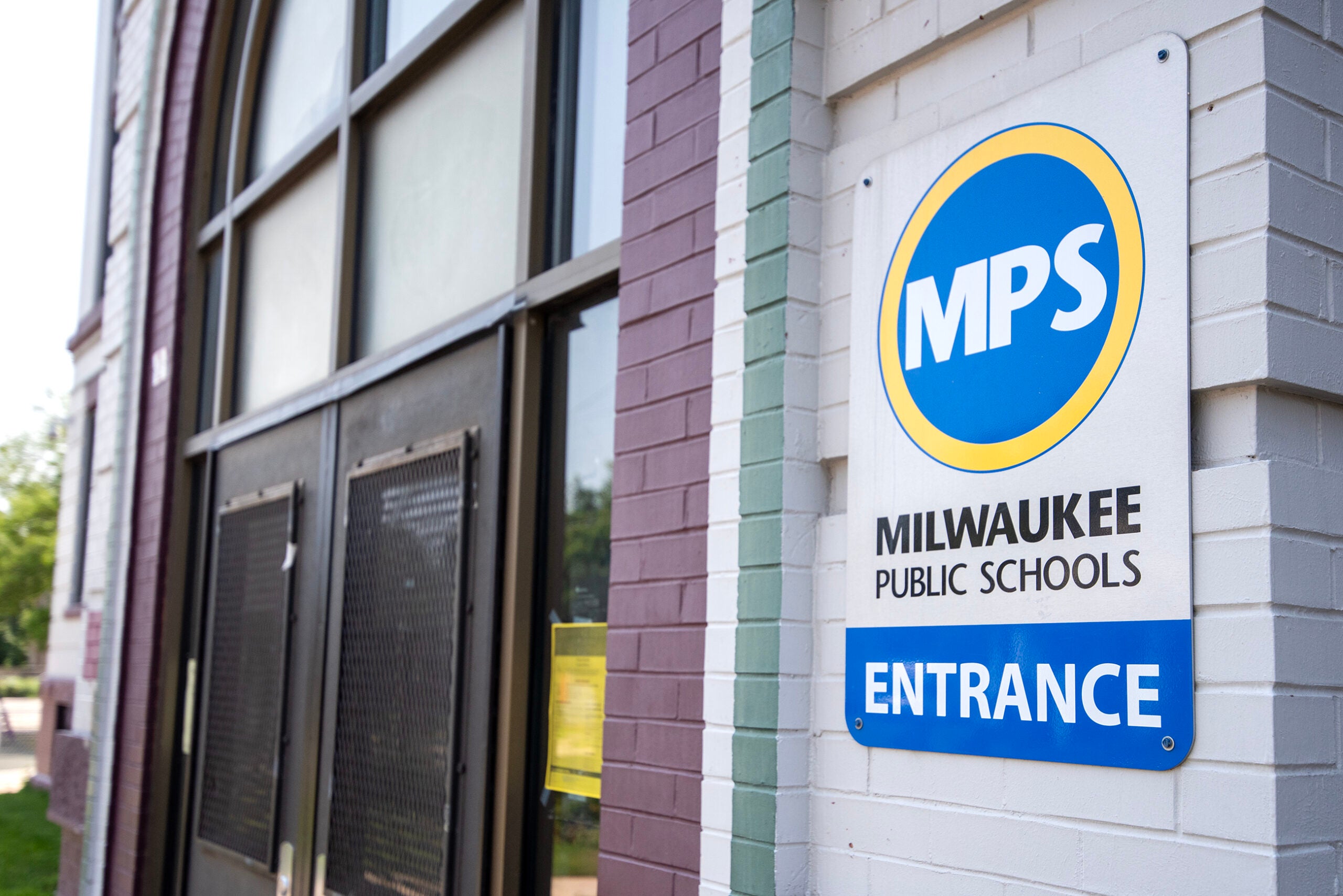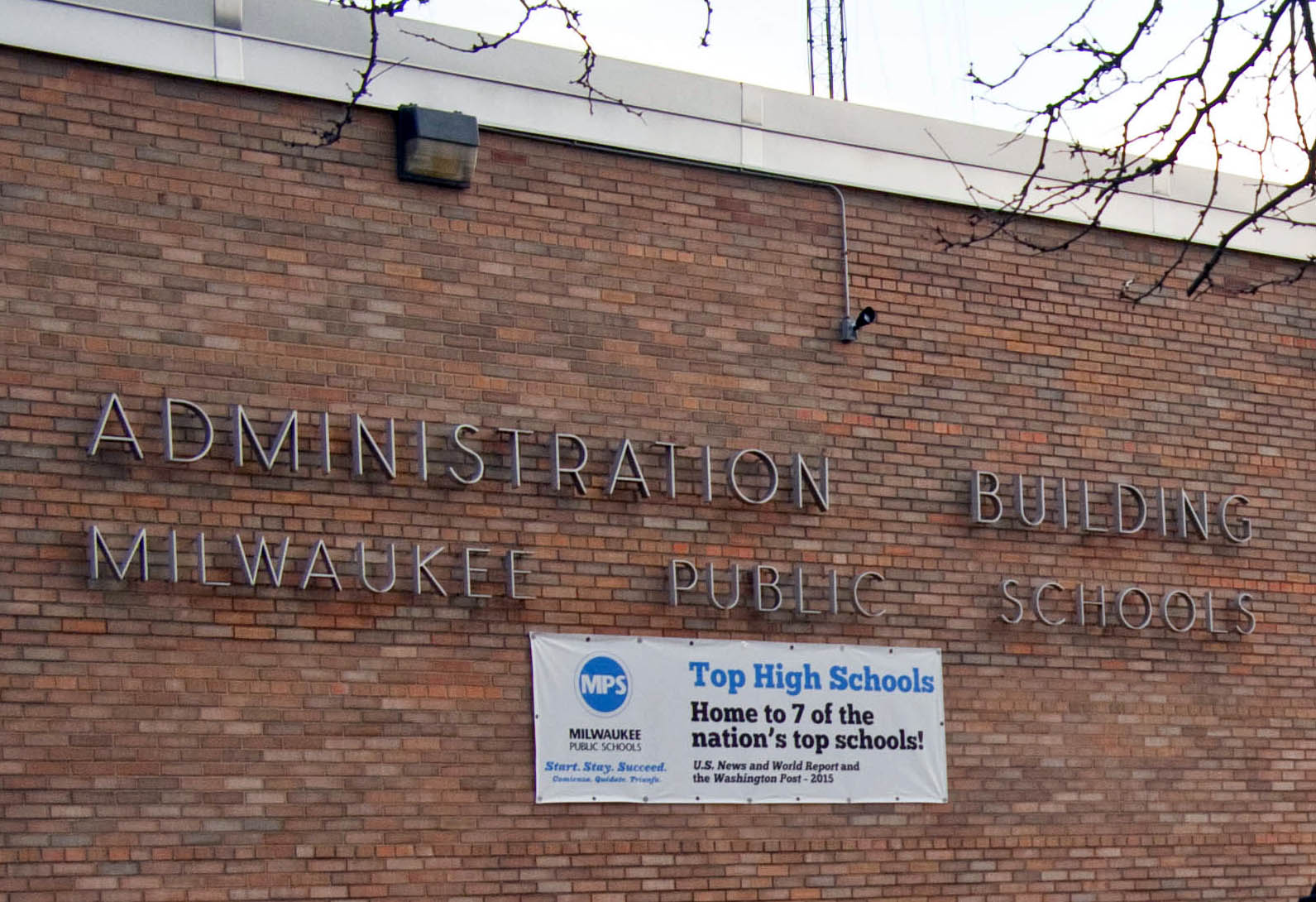Millions of dollars in federal pandemic aid that has been a lifeline to Wisconsin’s school districts is set to expire next year, and it’s unclear if the state will come to the rescue.
A new report from the Wisconsin Policy Forum outlines how difficult it will be for school districts — particularly the state’s largest, Milwaukee Public Schools and Madison Metropolitan School District — to budget without knowing how the state is going to fund education.
“The first thing school districts and local stakeholders need is clarity on is what the state is going to do with local schools,” said Jason Stein, vice president of the Wisconsin Policy Forum. “That really provides the basis for moving forward. There are challenges at the local level in Milwaukee and around the state.”
News with a little more humanity
WPR’s “Wisconsin Today” newsletter keeps you connected to the state you love without feeling overwhelmed. No paywall. No agenda. No corporate filter.
Those challenges include declining enrollments in both MPS and MMSD and the need to increase employee pay to hire and retain staff amid inflation pressures.
Declining enrollment affects how much money a school district receives from the state.
For the past two school years, the state provided no increase to the per-pupil revenue limits that cap key sources of school funding. One of the reasons state lawmakers cited was the billions of dollars school districts have gotten over the last three years in federal COVID-19 relief dollars.
The total includes $204.6 million from the Coronavirus Aid, Relief, and Economic Security or CARES Act; $685.4 million from the Consolidated Appropriations Act; and $1.49 billion through the American Rescue Plan Act and $110 million that was awarded to the state and passed on by Gov. Tony Evers to school districts.
Funding from the final round of federal money must be spent or obligated by September 2024, meaning the upcoming annual budget for schools will be the last one with any new spending of federal aid.
With that pandemic-era influx of federal cash coming to an end, Gov. Tony Evers has proposed drastically increasing school revenue limits and providing $2.6 billion in additional state aid to schools. The governor’s proposed budget increases revenue limits by $350 per student in the 2024 school year and an additional $650 per student in 2025.
If approved, this would be the largest increase since revenue caps were first introduced, but Republican lawmakers have said they’ll reduce Evers’ proposal substantially.
MPS and MMSD did not respond to requests for comment from Wisconsin Public Radio.
Milwaukee Public Schools plans $50M in salary increases
The most significant spending item in the budget is an 8 percent across-the-board salary increase for all MPS staff. According to budget officials, this adds about $50 million in salary costs next year. The increase may be necessary in light of high inflation and other recruitment and retention challenges, but the budget documents fail to mention this proposal or explain its impact on the district’s growing fiscal challenges, the policy forum report found.
The pay increase is funded in part with an additional $22.7 million of budgeted savings from continued high numbers of vacant positions throughout 2024. MPS had more than 700 vacant teaching and support positions as of earlier this month.
Sara Shaw, senior education researcher at the Policy Forum, said since enrollments are declining, it might be time for MPS to decide if some of those positions should be closed. Doing so would give the public a clearer financial picture of the district and what the staff shortages in MPS actually are, Shaw said.
Stein added that it’s not uncommon for school districts and local governments to keep vacancies on their books to make it possible to pay for salary increases or other expenditures.
“But if the savings are coming from vacancies (and) otherwise wouldn’t be possible, what is going to happen going forward?” Stein said.
Madison Metropolitan School District sees staffing declines
The Madison school budget is facing some of the same challenges as other districts in the state, including rising inflation, shrinking enrollment, frozen state revenue limits and an increase in its debt levels due to its 2020 capital referendum, the report found.
“Meanwhile, the district expects to keep losing state general school aids, putting added responsibility on local property taxpayers to cover the costs of educating students, including those facing barriers such as poverty, disabilities, and the need to learn English,” the report says.
Total staffing at MMSD would decline 3.7 percent or by 155 positions in the upcoming school year. This drop will be mostly due to a decrease in teaching positions and educational assistants, which in turn reflect the loss in student enrollment. The staffing cuts could continue in 2025, since the 2024 budget would use temporary federal funds to pay for about 111 ongoing positions.
MMSD is making rising payments to the state for lost state aid due to students living in the district who attend independent charter schools or private schools participating in the state’s voucher program. This year, payments to the state for those items and all others rose to $11 million, a 59.5 percent increase from last year, and they are projected to rise again in 2024. General school aids, the main form of state assistance to K-12 schools, are projected to fall sharply for MMSD in 2024.
Shaw said the growing gap between revenue and expenditure is difficult for any school district or local government.
“One opportunity this presents is it forces getting really clear on what are the priorities,” Shaw said. “What is going to make the biggest difference for our kids and to keep the financial ship afloat. It involves conversations around trade-offs and hopefully those conversations become starting points for larger and often tough conversations.”
Wisconsin Public Radio, © Copyright 2026, Board of Regents of the University of Wisconsin System and Wisconsin Educational Communications Board.




